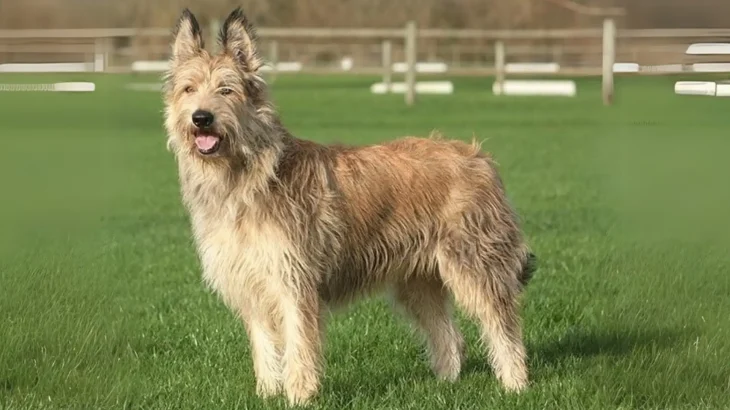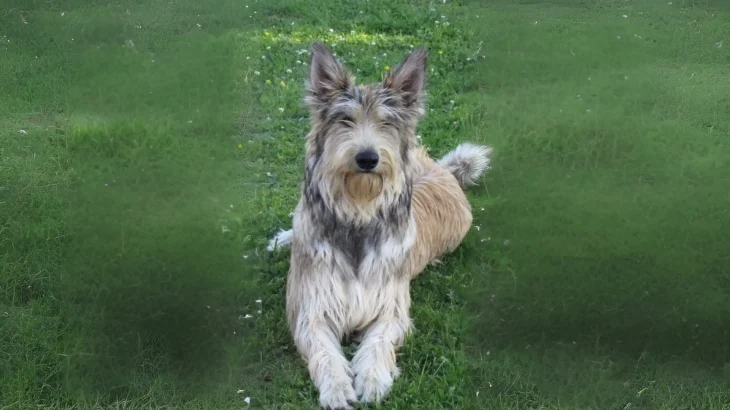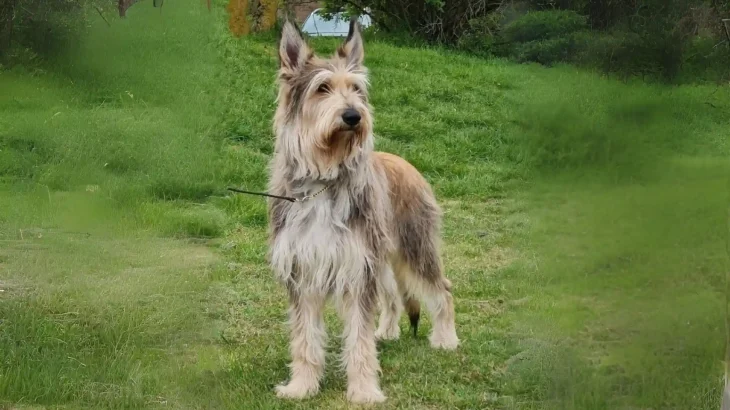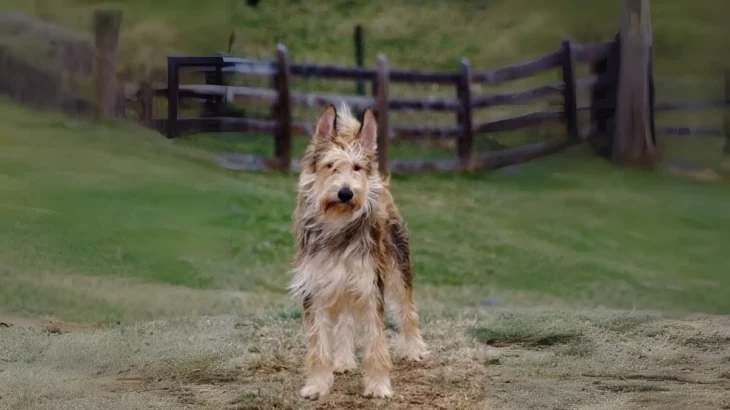When deciding between adopting or purchasing a Berger des Picard puppy, the choice often revolves around cost and the certainty of the puppy's background. Buying from a breeder usually costs more but provides detailed health history and breed purity assurance. Adoption, while more affordable and supportive of animal welfare, might mean less information about the puppy's lineage.
| Criteria | Buying from Breeder | Adopting from Shelter/Rescue |
|---|---|---|
| Cost | Higher initial cost. | Lower fees often covering vaccinations and spaying/neutering. |
| Health History | Detailed records and genetic screening. | Often unknown; basic health checks done. |
| Age Availability | Mostly puppies allowing early socialization. | Various ages, including adults. |
| Temperament Insight | Breeders provide lineage-based info. | Observed by shelter staff; background may be uncertain. |
| Supporting Practices | Supports responsible breeders when ethical. | Supports animal welfare by rehoming dogs. |
| Breed Purity & Pedigree | Guaranteed purebred with pedigree documents. | Breed purity less certain, especially with mixed breeds. |




















































